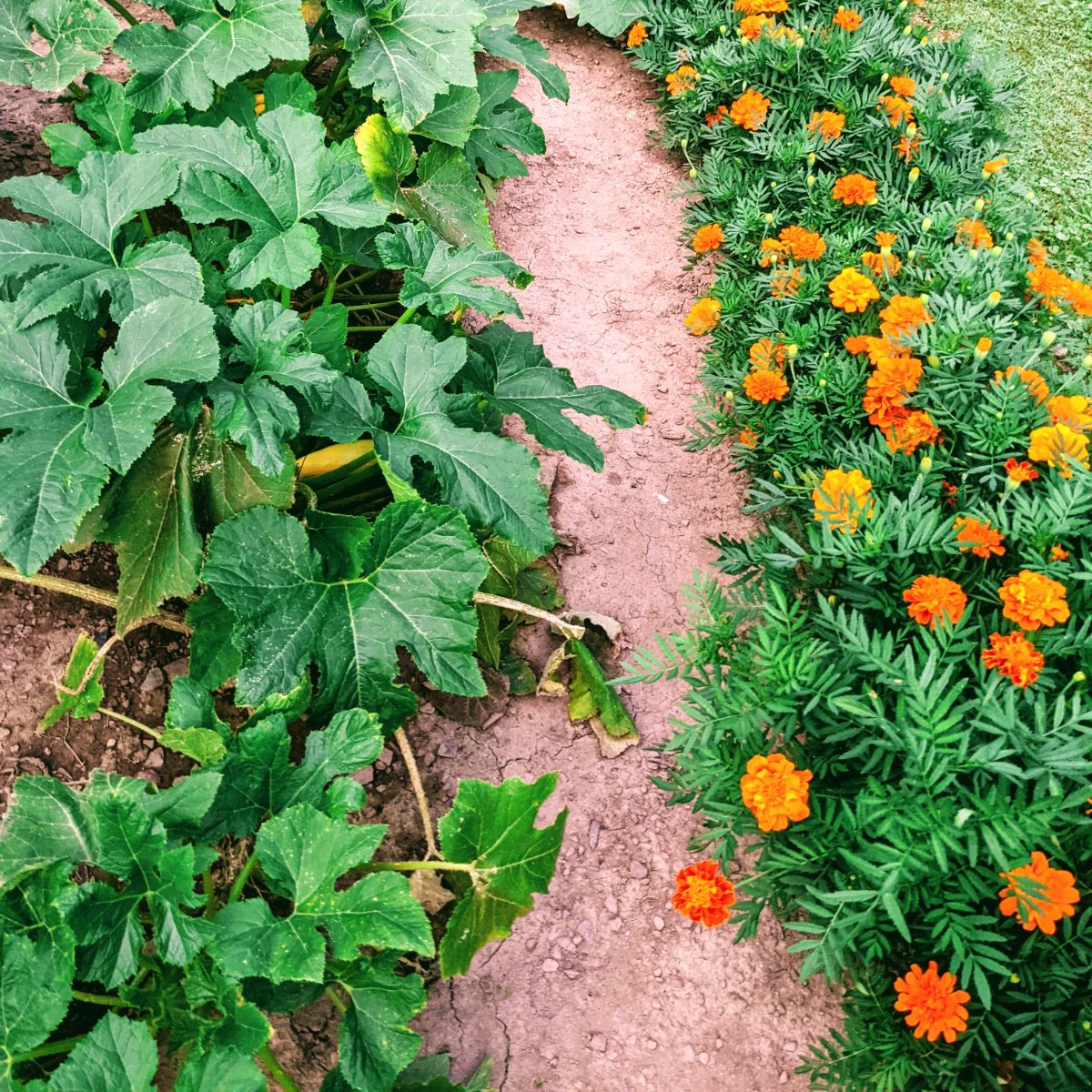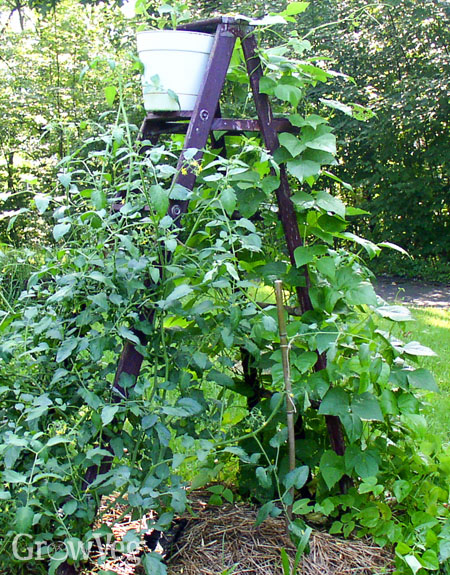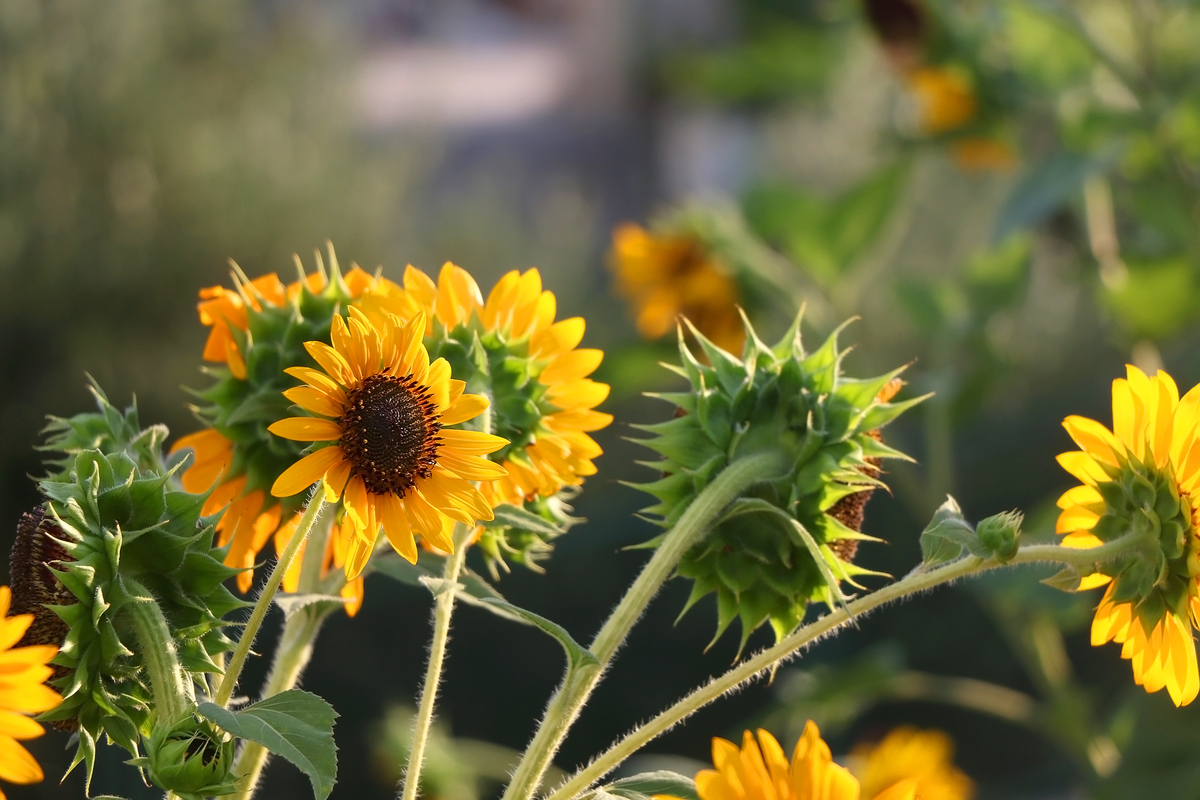The Ultimate Guide To Companion Planting
The Ultimate Guide to Companion Planting
Companion planting is a gardening practice that involves planting certain plants together to benefit each other. By carefully considering which plants to grow near each other, you can improve your garden's health, productivity, and pest resistance.
There are many different benefits to companion planting. Some of the most common include:
- Attracting beneficial insects and pollinators: Many companion plants attract beneficial insects, such as ladybugs, lacewings, and bees. These insects help to control pests and pollinate flowers, which can lead to a better harvest.
- Reducing pest problems: Some companion plants can repel pests, such as marigolds, which repel nematodes, and nasturtiums, which repel aphids.
- Improving soil health: Some companion plants can improve soil health by fixing nitrogen, aerating the soil, or suppressing weeds. For example, legumes, such as peas and beans, fix nitrogen in the soil, which can benefit other plants.
- Decreasing the need for pesticides: By using companion planting, you can reduce or even eliminate the need for pesticides. This is a great way to protect your health and the environment.
If you're new to companion planting, don't worry. It's not as complicated as it sounds. There are a few basic principles to keep in mind, and once you learn them, you'll be able to start planning your own companion planting schemes.
Here are some of the basic principles of companion planting:
- Plants with similar growing conditions should be grouped together. This means planting plants with similar water needs, sunlight requirements, and soil pH levels together.
- Plants that repel pests should be grouped together. This will help to create a barrier between your crops and the pests that they attract.
- Plants that attract beneficial insects should be grouped together. This will help to attract the insects that will help to control pests in your garden.
- Plants that improve soil health should be grouped together. This will help to create a healthy and productive growing environment for all of your plants.
Here are some specific companion planting combinations that you can try:
- Carrots and onions: Carrots and onions repel each other's pests.
- Beans and corn: Beans fix nitrogen in the soil, which benefits corn. Corn provides shade for beans, which helps to protect them from pests.
- Marigolds and tomatoes: Marigolds repel nematodes, which can damage tomatoes.
- Nasturtiums and cabbages: Nasturtiums repel aphids, which can damage cabbages.
- Potatoes and mint: Mint repels potato beetles, which can damage potatoes.
These are just a few of the many companion planting combinations that you can try. There are many resources available online and in libraries that can help you to find more companion planting combinations.
With a little planning, you can use companion planting to create a healthy, productive, and pest-resistant garden. So get out there and start planting!
Do you want to grow a healthy and bountiful garden? If so, you should consider companion planting. Companion planting is the practice of planting certain types of plants together to benefit each other. Some companion plants can attract beneficial insects, deter pests, or improve the flavor of your vegetables.
If you're not sure which plants to plant together, you can visit Gardenia Inspiration. This website has a comprehensive list of companion plants, as well as information about the benefits of each combination. You can also find helpful tips on how to plant and care for companion plants.
So what are you waiting for? Visit Gardenia Inspiration today and learn more about companion planting!
FAQ of list of companion plants
- What are companion plants?
Companion planting is the practice of planting different types of plants together in order to benefit each other. Some companion plants attract beneficial insects, while others deter pests. Some companion plants can improve the soil quality, while others can help to shade or protect each other from the sun.
- What are some of the benefits of companion planting?
There are many benefits to companion planting, including:
- Increased crop yields
- Improved plant health
- Reduced pest and disease problems
- Increased soil fertility
- Enhanced biodiversity
- Reduced need for pesticides
- How do I choose the right companion plants?
When choosing companion plants, there are a few factors to consider, such as:
- The plants' growth habits
- Their nutrient requirements
- Their susceptibility to pests and diseases
- Their aesthetic appeal
You can also consult a companion planting chart or book to get more specific recommendations.
- What are some common companion plants?
Here are some common companion plants:
- Beans and corn: Beans fix nitrogen in the soil, which corn can use. Corn provides shade for beans, which can help to prevent them from getting sunscald.
- Carrots and onions: Carrots repel onion flies, while onions repel carrot root flies.
- Cucumbers and melons: Cucumbers and melons attract pollinators, which can help to improve the fruit set of both plants.
- Lettuce and tomatoes: Lettuce shades the roots of tomatoes, which can help to prevent them from getting root rot. Tomatoes attract beneficial insects, which can help to control pests on lettuce.
- Peas and beans: Peas and beans are both nitrogen-fixing plants, so they can benefit each other by improving the nitrogen content of the soil.
- Where can I find more information about companion planting?
There are many resources available to learn more about companion planting, including:
- Books
- Magazines
- Websites
- Online forums
- Gardening clubs
You can also ask your local nursery or garden center for recommendations.
Image of list of companion plants
- Tomato and Basil. Basil repels certain insect pests such as thrips and also disorientates moths which lay tomato hornworms.
- Cucumbers and Marigolds. Marigolds help to repel cucumber beetles and other pests.

- Carrots and Radishes. Carrots and radishes can be planted together because they have different root systems and will not compete for nutrients.

- Beans and Peas. Beans and peas can fix nitrogen in the soil, which benefits other plants.

- Sunflowers and Tomatoes. Sunflowers attract beneficial insects that help to control pests, and their tall stalks can provide support for tomatoes.

Post a Comment for "The Ultimate Guide To Companion Planting"